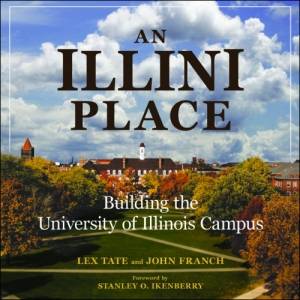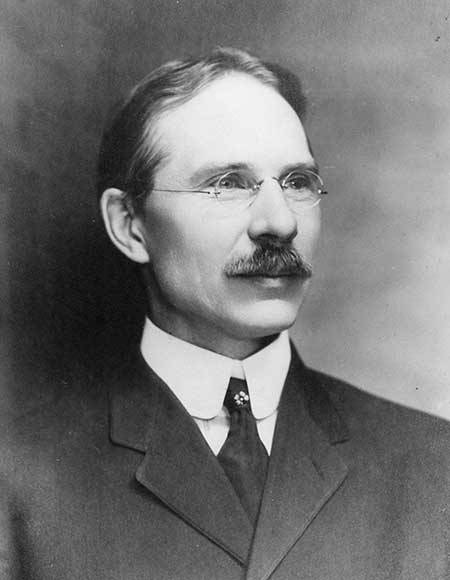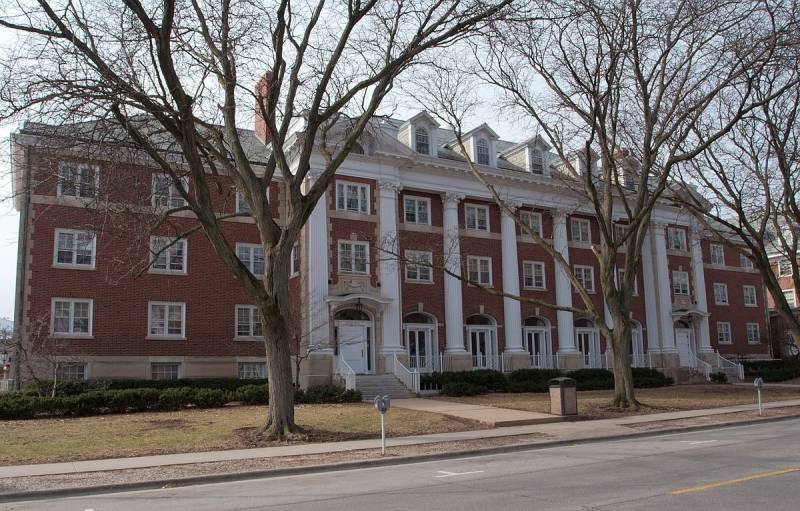As a University of Illinois alum, who then transitioned to the role of “townie”, I’ve had the opportunity to experience campus from an evolving perspective. One’s focus during those undergrad years tends to be rather narrow, and the way I thought about the layout of campus and campustown and the iconic buildings that it is comprised of was certainly limited. To name a few:
Foellinger Auditorium: where I snoozed through my History 151 lectures (and then had to attempt to decipher my illegible notes later).
The Six Pack: those ugly yet endearing residence halls, aptly named, and my first home away from home, that I’ve been kind of sad to see taken out one by one.
Kam’s: yeah, can’t conjure those memories up as easily…I mostly remember sticky floors, shots of Pucker, and what I’m sure were some pretty sweet moves on the crowded dance floor.
 If you stay in this town after graduation, your perspective begins to change. You start to have a larger appreciation for these places and the stories behind them. I often take my kids to the quad in the summers and let them ride their bikes along its sidewalks, and it’s a great opportunity to take in the buildings, their unique styles, the layout, the landscaping, and more. It’s for someone like me, an alum with a growing appreciation of her alma mater, that An Illini Place: Building the University of Illinois Campus was written. The book is authored by Lex Tate, an adjunct lecturer at the university, and John Franch, a university archivist. The book examines the planning of the University of Illinois campus, how it’s taken shape over decades, and the stories behind the iconic buildings and the donors who made them possible. It also delves into the surrounding campustown and shows the evolution of those places where students do life while they’re here.
If you stay in this town after graduation, your perspective begins to change. You start to have a larger appreciation for these places and the stories behind them. I often take my kids to the quad in the summers and let them ride their bikes along its sidewalks, and it’s a great opportunity to take in the buildings, their unique styles, the layout, the landscaping, and more. It’s for someone like me, an alum with a growing appreciation of her alma mater, that An Illini Place: Building the University of Illinois Campus was written. The book is authored by Lex Tate, an adjunct lecturer at the university, and John Franch, a university archivist. The book examines the planning of the University of Illinois campus, how it’s taken shape over decades, and the stories behind the iconic buildings and the donors who made them possible. It also delves into the surrounding campustown and shows the evolution of those places where students do life while they’re here.
I had the opportunity to meet with Mrs. Tate to discuss her new book. She has deep ties to the University of Illinois, having graduated after what she calls the “8 year plan”, and then after a career as a local journalist returned to the university working under the president essentially “covering” the university through ghost-writing, statements, publications, etc. for over 20 years. For someone who’s lived and breathed the U of I in that way, there are so many topics that you could write about. I was curious about how she focused in on researching how the university developed as a place.
“As with many things, it just happened. I was approached by the university architect, it’s a position that doesn’t exist anymore, and he had in mind that there ought to be a follow up to a book that was published in the 30’s, called the 30 Year Master Plan (Tilton & O’Donnell). He approached me and said do you know anyone who be interested in writing, and I said well I would be interested, if you could wait until I retire. The proposal was very heavy on the planning aspect. But I thought let’s expand this and make it a book that someone who’s not an architect and not a planner could understand. So I rewrote the proposal. I think it yielded a book that ordinary people can read. If you have any attachment to this place at all, you’ll recognize something in there.”
There are several chapters devoted to the development of the core of the campus, separated by time periods.So many architects and planners contributed to the structure of the buildings and the quads as we know them now, and one of the most influential yet under- recognized contributors, especially according to Mrs. Tate, is James White.

“James White does not have anything named for him. I’m hoping that this book will produce that. He worked at the university (as an architect) for like 40 years. He did so much work, he was so diligent, and he had such a natural gift. The buildings that are credited to Platt, about 10 or 11 of them, James had his hand in all of them. James White did a lot of the detail of the Platt buildings which are notable because they are all on the national registry, on top of which they set the design standard for the campus. He was a very busy guy, he was very gracious, and he might very well be my favorite guy who is sort of unacknowledged around here.”

Busey Hall, the first residence hall
I definitely enjoyed the section titled “The Neighborhood.” It examines the campus beyond academic buildings: where students slept, ate, and prayed. For those who attended the university, this is the section that will stir up nostalgia. One of the most interesting aspects of this section is the development of student housing. It was severely lacking for the first decades of the university, and was actually the female students who were given the first opportunity for student housing in 1919. It wasn’t until 1941 that the first university housing was established for men (the current Clark, Lundgren, and Barton Halls). The aforementioned Kam’s makes an appearance in the neighborhood, among other famous (or possibly infamous) establishments. It was originally named Kamerer’s Annex, and housed a dining room serving fried chicken dinners to students.
The book also pays homage to the various donors who are responsible for providing most of the significant buildings and spaces on campus and beyond. It’s in this section where you’ll see such familiar names as Krannert, Ellnora, Allerton, Foellinger, Beckman, Eichelberger, and more.
Mrs. Tate is hoping this book will be well received by alums, whether they having been living here all along and have been intimately connected to this campus for years, or whether they moved away after graduation and have never been back. I certainly connected with it and I know others will too.
An Illini Place is published by University of Illinois Press. You can purchase the book there and also explore the web companion. Photos are taken from the web companion site and Wikimedia commons.








